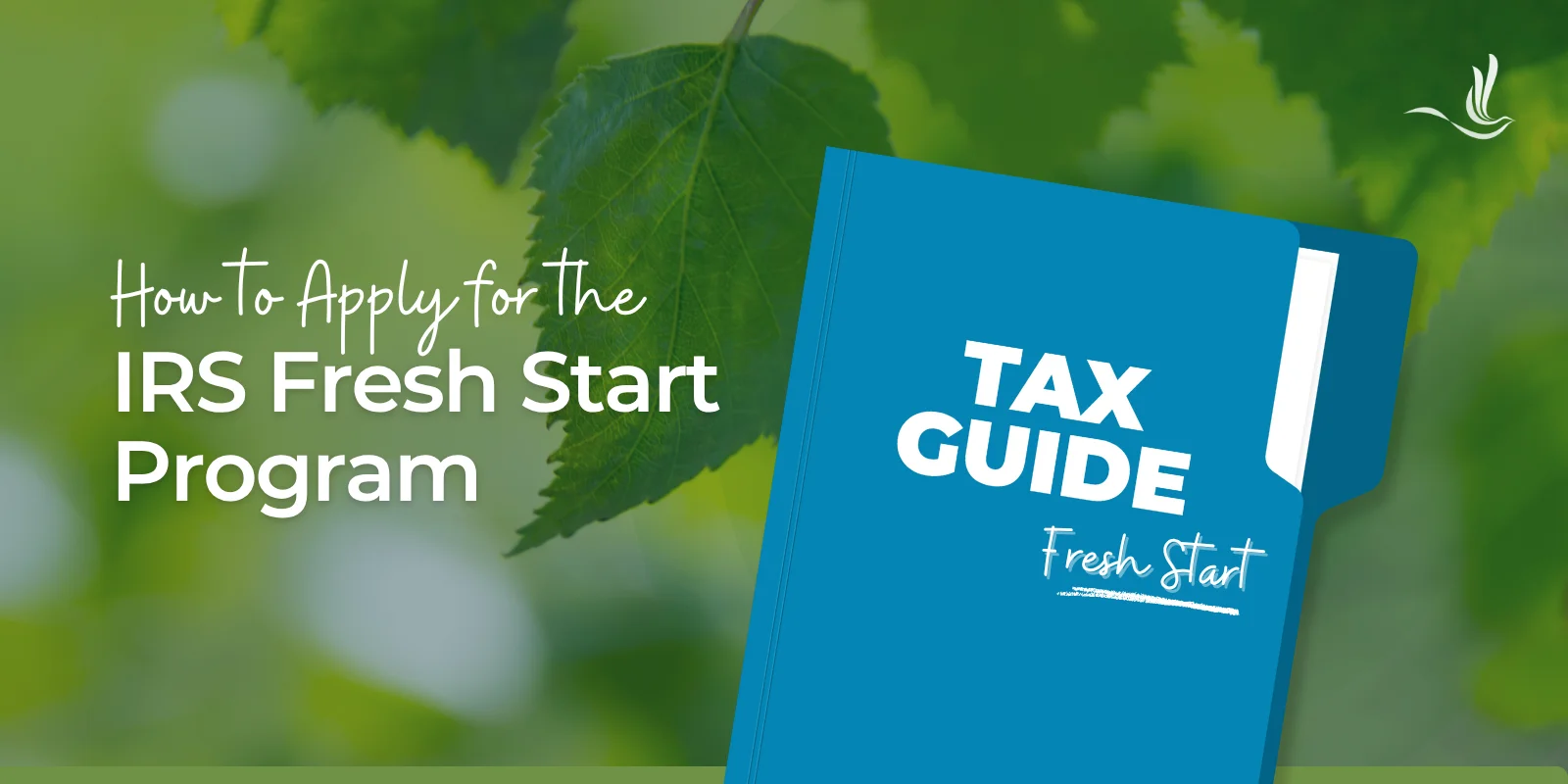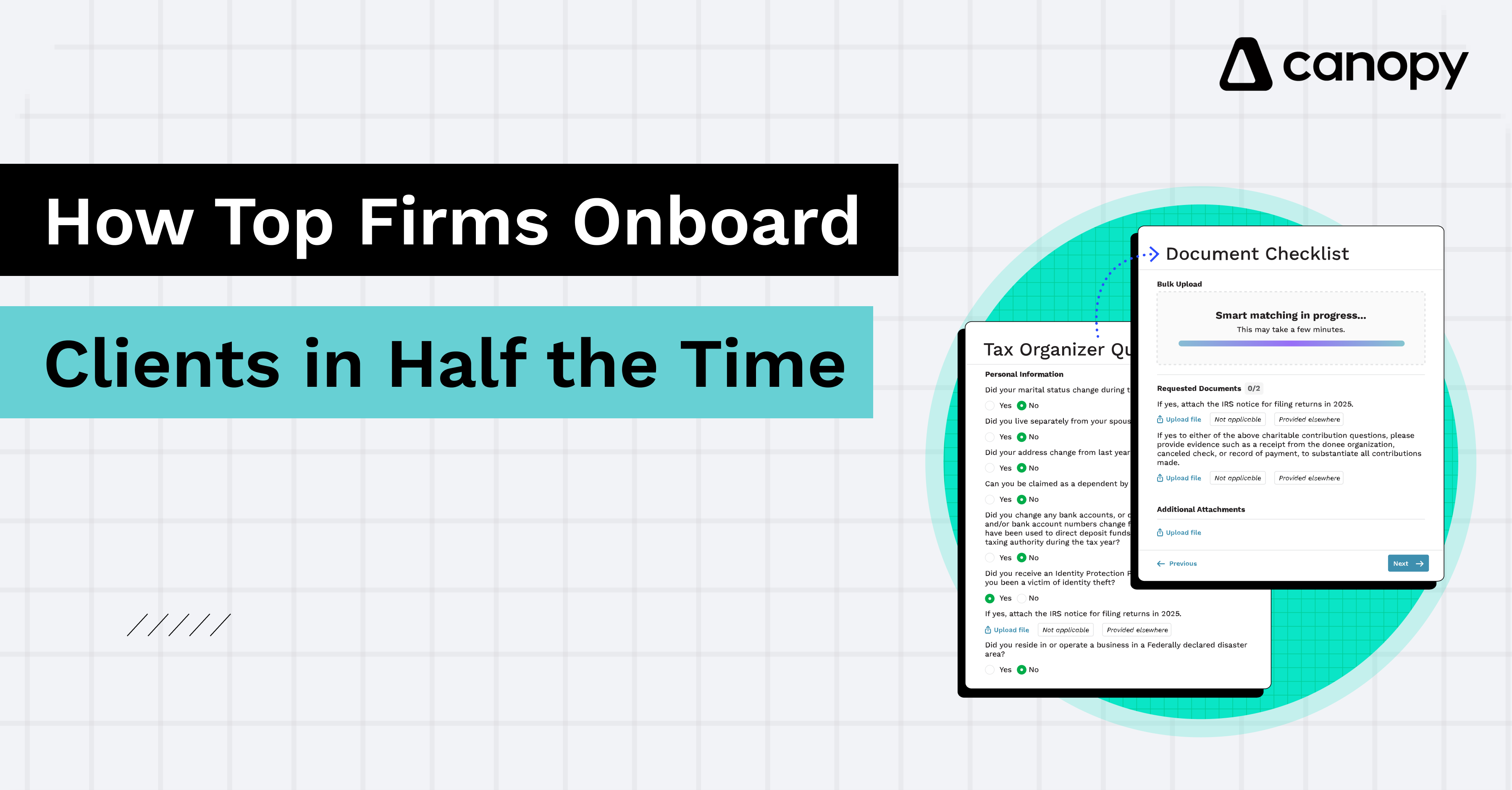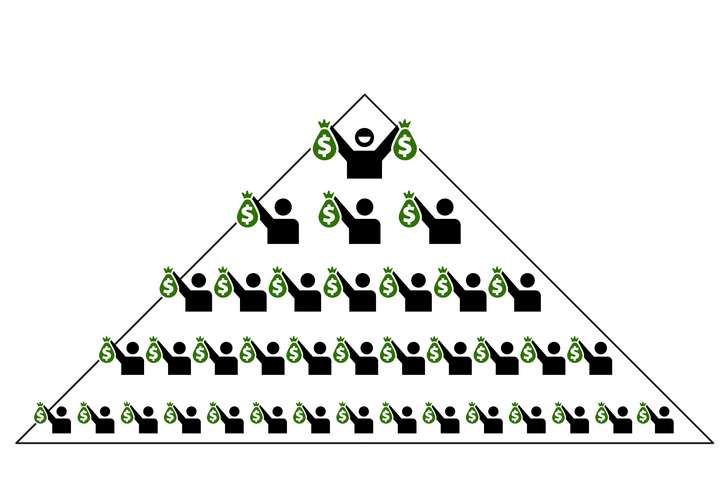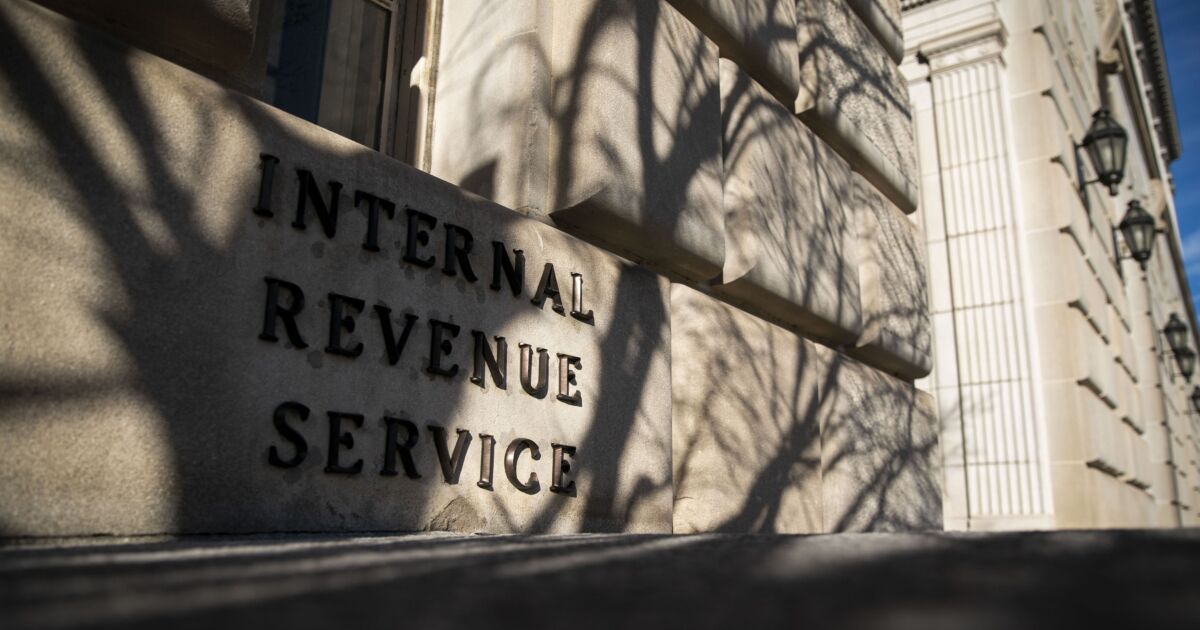If you dabbled in buying or selling cryptocurrency, NFTs (non-fungible tokens), or other digital assets during 2025, you might notice a new crypto tax form showing up in your inbox for the upcoming tax year: Form 1099-DA. This new form from the IRS was designed to make digital asset reporting clearer for both taxpayers and digital asset brokers. Don’t let the prospect of yet another new tax form scare you, though. TaxAct® can help you report your 1099-DA income correctly this tax season.
Let’s break down what this tax form means, who gets it, and how to handle it when filing your tax return this year.
What is Form 1099-DA?
Form 1099-DA is the IRS’s new tax form used to report digital asset transactions (like sales of digital assets, exchanges, or redemptions handled by digital asset brokers). Like other 1099 forms, it’s a type of information return used to report a specific type of income — in this case, digital asset transactions.
Before 2025, most crypto and other digital transactions didn’t have a standard reporting method. You may have seen digital asset transactions reported on various other 1099 forms, such as:
Form 1099-B, which was designed for traditional investments such as stocks and bonds.
Form 1099-K, if you bought or sold cryptocurrency using a third-party payment platform like Coinbase®.
Form 1099-MISC, which some crypto platforms use to report income earned from staking, rewards, etc.
IRS Form 1099-DA is meant to modernize tax reporting for the digital economy by creating one clear, standardized tax form just for digital asset reporting. Essentially, it is intended to provide both the IRS and tax filers like yourself with a clearer picture of your gross proceeds, cost basis, and overall tax liability from digital asset transactions. It should also make it easier for taxpayers to accurately disclose transactions and comply with tax laws.
What is a digital asset?
For tax purposes, the IRS considers digital assets to be property rather than currency. The agency defines a digital asset as “any digital representation of value recorded on a cryptographically secured, distributed ledger (blockchain) or similar technology.”
Some examples:
Convertible virtual currency and cryptocurrency (like Bitcoin®, Ethereum®, or stablecoins)
Non-fungible tokens (NFTs)
Basically, if you can buy, sell, or trade it using a crypto wallet, it probably counts as a digital asset for tax purposes.
Who needs to file a 1099-DA form?
You won’t actually file this form yourself. Instead, your broker or digital asset platform will issue Form 1099-DA to you (and the IRS) if you had reportable digital asset transactions during the tax year.
Here are some examples of events that might result in getting a 1099-DA:
You sold cryptocurrency for U.S. dollars or exchanged one coin for another.
You sold an NFT you previously created or purchased.
You used staking or other crypto-related services through a broker.
You received digital asset payments for goods or services.
Once you get your 1099-DA, you’ll use it to complete your tax return, typically reporting details on Form 8949 and Schedule D to calculate capital gains or losses. Don’t worry about this part — TaxAct will guide you through step-by-step, automatically entering all the details so that your digital asset transactions are reported accurately.
Form 1099-DA example
Below is an example of what the Form 1099-DA looks like:
Each box includes important information reporting details such as:
Your taxpayer identification number (TIN)
The broker’s name and contact information
Gross proceeds from your digital transactions
Cost basis (if available)
Any backup withholding that was applied
Transaction details like wallet addresses or blockchain IDs
Form 1099-DA instructions: What does Form 1099-DA report?
Each box on Form 1099-DA provides important details about your digital asset transactions (like how Form 1099-B reports stock trades). Not all boxes will always be used depending on the type of transaction, but here’s a breakdown of what each box could include and what it means for your tax return:
Box 1a: Code for digital asset: A code identifying the specific type of digital asset involved in the transaction.
Box 1b: Name of digital asset: The full name of the asset you sold, exchanged, or transferred.
Box 1c: Number of units: Shows the total quantity of the digital asset sold, exchanged, or disposed of.
Box 1d: Date acquired: The date you originally purchased, mined, or otherwise obtained the digital asset.
Box 1e: Date sold or disposed: The date you sold, traded, or otherwise got rid of the asset.
Box 1f: Proceeds: The total gross proceeds from the sale or exchange. This is the total value you received after selling. If you had a loss, it would appear in parentheses as a negative amount.
Box 1g: Cost or other basis: What you paid for the digital asset (adjusted for fees or other costs). This is used to determine your capital gains or losses.
Box 1h: Accrued market discount: Any market discount that has built up since you acquired the asset. A market discount occurs when you buy an asset for less than its face value. This gets taxed as ordinary income rather than a capital gain.
Box 1i: Wash sale loss disallowed: Shows any wash sale losses that can’t be claimed because you repurchased a “substantially identical digital asset” within 30 days. Learn more about IRS wash sale rules for digital assets.
Box 2: Your broker will check this box if your cost basis was reported to the IRS (not required for tax year 2025).
Box 3a: Tells you whether the IRS was given your gross proceeds (total sale amount) or net proceeds (after fees).
Box 3b: If your digital asset transaction involves a Qualified Opportunity Fund (QOF), this box will be checked.
Box 4: Federal income tax withheld: Shows any backup withholding your broker withheld for you. This can happen if you don’t provide your TIN to the broker.
Box 5: Box will be checked if your reported loss doesn’t qualify due to specific IRS rules.
Box 6: Gain or loss: Indicates how your digital asset transaction is treated for tax purposes: short-term, long-term, or ordinary income.
Box 7: If checked, confirms that Box 1f contains only cash proceeds, not other asset types.
Box 8: If checked, your broker used your data (not theirs) to report information like acquisition dates or cost basis.
Box 9: This checkbox identifies whether the digital asset is a noncovered security (meaning the broker isn’t required to report basis information to the IRS).
Box 11a: If your broker is reporting sales of a digital asset eligible for optional reporting, this box indicates the type of digital asset (qualifying stablecoins or specified NFTs).
Box 11b: The total number of digital asset transactions from Box 11a.
Box 11c: Shows the total gross proceeds from an NFT creator’s first sales.
Box 12a: Number of units transferred in: Shows how many digital assets were transferred into the broker’s platform.
Box 12b: Lists the date the broker received the digital assets.
Each of these boxes helps the IRS match your digital asset proceeds with what you report on your Form 8949 and Schedule D.
Form 1099-DA FAQs
How to file Form 1099-DA with TaxAct
When you use TaxAct’s tax preparation software, you’ll simply answer a few questions about your digital asset transactions. Then, we’ll automatically fill out the appropriate tax forms (including Form 8949 and Schedule D) to ensure your crypto tax information is reported accurately to the IRS.
The bottom line
Form 1099-DA will roll out in stages — brokers will start reporting gross proceeds for 2025 transactions, with full cost basis reporting to follow in 2026 and later tax years. So, if you trade crypto, NFTs, or other digital assets, expect to start seeing this form in early 2026 (for your 2025 transactions).
But don’t let this new tax form stress you out. TaxAct can help you report everything to the IRS without hassle. Our easy-to-use tax software walks you through your crypto tax questions and makes sure everything gets reported correctly on your tax return, so you don’t have to worry.
This article is for informational purposes only and not legal or financial advice.
Form 1099-DA is only available with certain TaxAct Online products.
All TaxAct offers, products and services are subject to applicable terms and conditions.
All trademarks not owned by TaxAct, Inc. that appear on this website are the property of their respective owners, who are not affiliated with, connected to, or sponsored by or of TaxAct, Inc.



























